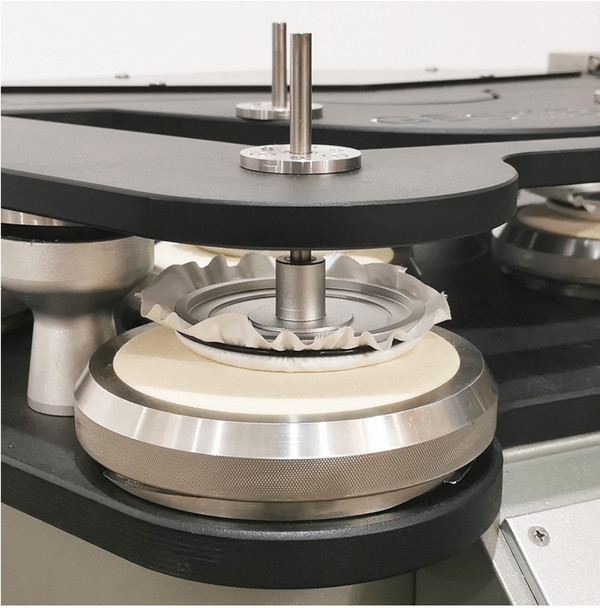- Qinsun Instruments Co., Ltd.
- Tell:+86-21-6780 0179
- Phone:+86-17740808215
- Address:No. 2578 Minhang District Gu Dai Road, Shanghai
- Contact:Mr. Li
- QQ:846490659
Selection steps and basis for instrument valves

Steps and criteria for selecting valves:
1. Selection steps
① Clarify the purpose of the valve in the equipment or device, determine the working conditions of the valve: applicable medium, working pressure, working temperature, etc.
② Determine the nominal diameter and connection method of the pipeline connected to the valve: flange, thread, welding, etc.
③ Determine the method of operating the valve: manual, electric, electromagnetic, pneumatic or hydraulic, electrical or electro-hydraulic linkage, etc.
④ Based on the medium transported by the pipeline, working pressure, and working temperature, determine the materials of the selected valve housing and internal components: gray cast iron, malleable cast iron, ductile iron, carbon steel, alloy steel, stainless acid resistant steel, copper alloy, etc.
⑤ Choose the type of valve: closed circuit valve, regulating valve, safety valve, etc.
⑥ Determine the type of valve: gate valve, globe valve, ball valve, butterfly valve, throttle valve, safety valve, pressure reducing valve, steam trap valve, etc.
2. Basis for selecting valves
While understanding and mastering the steps for selecting valves, it is also necessary to further understand the basis for selecting valves.
① The purpose, operating conditions, and control method of the selected valve.
② The properties of the working medium include working pressure, working temperature, corrosion performance, whether it contains solid particles, whether the medium is toxic, whether it is flammable or explosive, viscosity of the medium, and so on.
③ Requirements for valve fluid characteristics: flow resistance, discharge capacity, flow characteristics, sealing level, etc.
④ Installation size and external dimension requirements: nominal diameter, connection method and size with pipeline, external dimension or weight limit, etc.
⑤ Additional requirements for the reliability, service life, and explosion-proof performance of valve products and electric devices.
When selecting parameters, it should be noted that if the valve is to be used for control purposes, the following additional parameters must be determined: operating method, small flow requirements, normal flow pressure drop, pressure drop when closing, valve and small inlet pressure.





